Introduction: The ABCs of Lead Generation in SaaS
What is Lead Generation in SaaS?
In the SaaS industry, lead generation is the targeted process of attracting and capturing potential customers interested in your software solutions. It's not just about getting any leads; it's generating high-quality leads and getting qualified leads likely to convert into paying customers.
Why is Lead Generation Crucial?

Here's why focusing on lead generation is non-negotiable :
- Target Audience: Knowing who needs your software helps you tailor your lead generation strategy. The goal is to attract potential customers who will find genuine value in your SaaS product.
- Data-Driven Decisions: You can gain insights into how potential customers interact with your marketing efforts using analytics tools. This data helps you refine your lead generation strategies.
- Cost-Effectiveness: SaaS businesses operate in a competitive market. Efficient lead generation methods can help you lower your cost per acquisition, improving your ROI.
- Market Competition: With numerous SaaS companies vying for attention, a well-planned lead generation strategy can set you apart.
- Scalability: As your SaaS business grows, so does the need for more leads. Your lead generation efforts must be scalable to meet this growing demand.
The Landscape of SaaS Lead Generation
Differentiating B2B SaaS Lead Generation
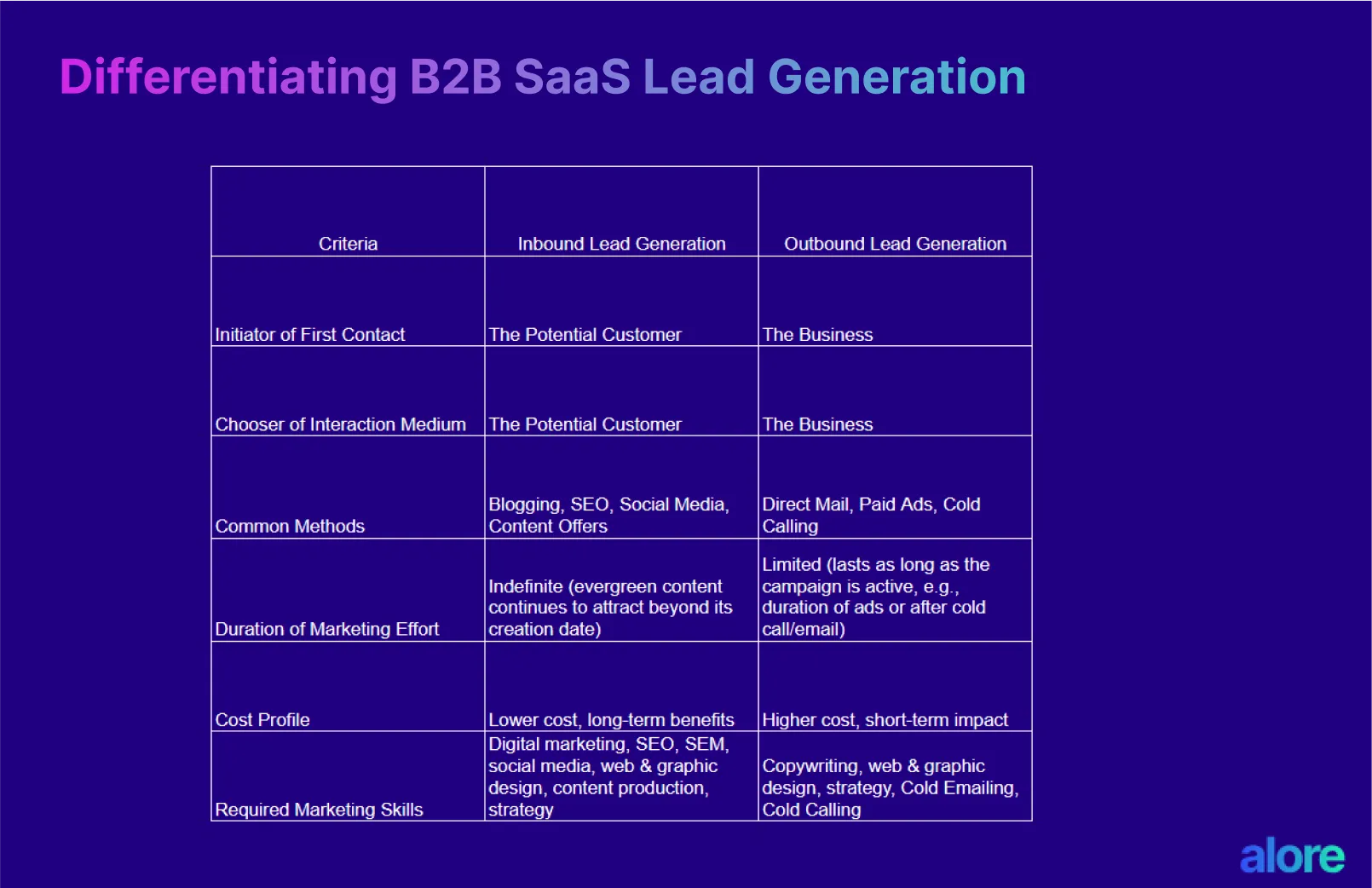
When it comes to lead generation tactics, not all strategies are created equal—especially in the SaaS industry.
B2B SaaS lead generation is a specialized field that requires a nuanced approach.
Unlike traditional lead generation, the SaaS model demands a focus on long-term customer relationship management and recurring revenue.
The Importance of Targeting the Right Leads
You can't just aim for any lead; you need high-quality leads that will likely convert into paying customers. In the SaaS business, targeting and nurturing leads from the right audience is crucial.
Whether through content marketing or email marketing campaigns, your marketing efforts should be laser-focused on the marketing team attracting potential customers who genuinely need your product.
Types of Leads: Information, Marketing, and Sales Qualified Leads
Understanding the types of leads can significantly improve your lead generation strategies. Let's dig deeper.
- Information Qualified Leads (IQLs): These individuals have just entered your sales funnel. They're looking for general information and are not yet ready to purchase. At this stage, educational content can help nurture these leads.
- Marketing Qualified Leads (MQLs): These leads have engaged with your marketing efforts, perhaps by downloading a whitepaper or attending a webinar. They've shown interest in your SaaS product but aren't yet ready to buy. Tailored email marketing campaigns can be effective here.
- Product Qualified Leads (PQLs): These are potential customers who have used a free trial or demo of your product. They've experienced the value firsthand and are considering a full purchase. These leads often require a more direct sales approach, possibly involving a one-on-one consultation.
- Sales Qualified Leads (SQLs): These leads have passed through the earlier stages and are ready for a direct sales pitch. They've shown a clear interest in becoming paying customers and are primed for closing. At this stage, your sales team should be heavily involved, focusing on individual pain points and offering customized solutions.
By understanding these leads, you can tailor your lead generation strategies and sales and marketing efforts more effectively, ensuring a smoother transition from a casual browser to a committed customer.
Inbound Lead Generation Strategies for SaaS
What is an Inbound Lead?
In the context of SaaS lead generation, an inbound lead is a potential customer who finds out about your product or service and takes the initiative to engage with your brand.
Unlike outbound leads, generated through direct outreach like cold calls or emails, inbound leads discover you.
They might find you through a Google search, click on an ad, or engage with your content on social media platforms.
These leads are often more qualified and easier to convert because they're already interested in what you offer.
Crafting Captivating Blog Content

Blogs are a workhorse in the lead generation strategy for SaaS companies.
According to industry data, businesses that maintain an active blog generate up to 67% more leads than those who don't.
But it's not just about churning out articles; your blog content must offer real value. It should address the pain points of your target audience and offer solutions, not just information.
Utilizing Gated Content and Lead Magnets
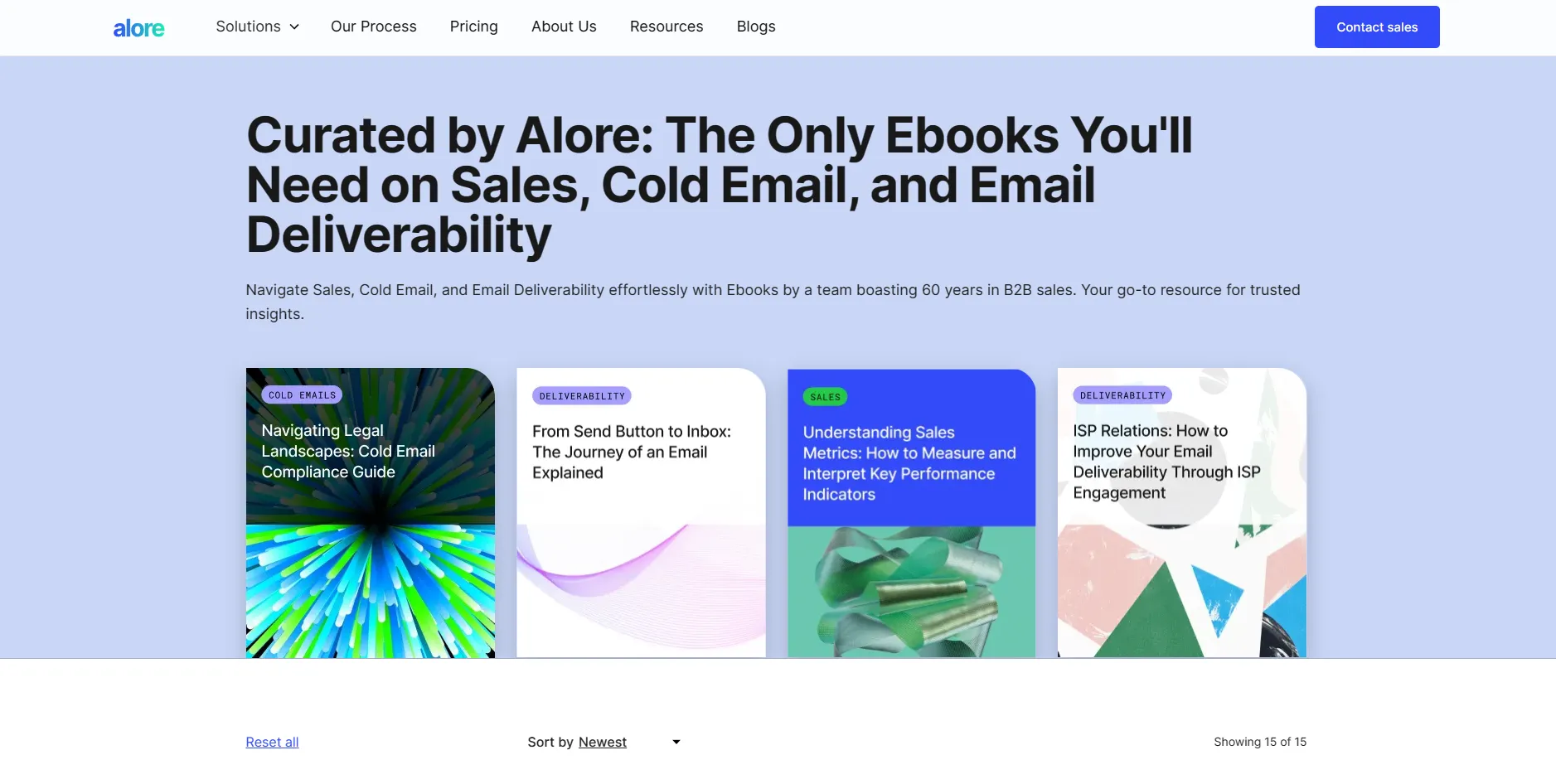
Gated content like web forms, eBooks, whitepapers, or webinars can be effective tools for capturing leads.
These resources offer something valuable in return for the visitor's contact information.
Once you've got these details, you can start nurturing these potential customers through targeted email marketing campaigns.
SEO Best Practices for Landing Pages

Landing pages are crucial in generating leads and converting visitors into leads.
They need to be optimized for search engines to drive traffic and for conversions to turn that traffic into leads.
Employ A/B testing to refine elements like headlines, call-to-action buttons, and images. Also, ensure your landing pages are mobile-friendly, as this is a ranking factor for Google.
Social Media Engagement and Community Building
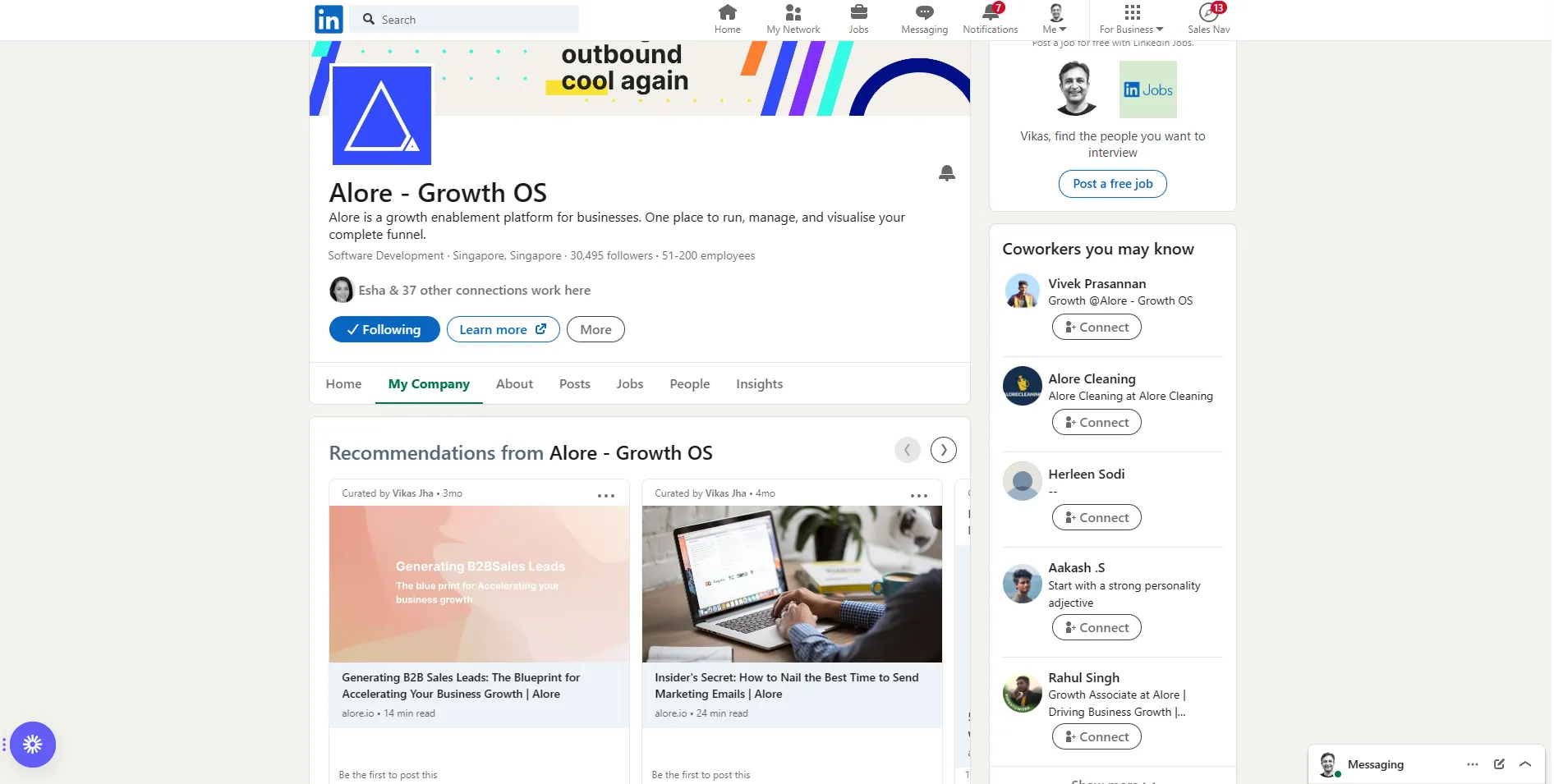
Social media is more than just posting updates.
It's about engaging with your audience and building a community around your brand. Platforms like LinkedIn are beneficial for B2B SaaS companies.
Regular engagement can provide insights into your target market's needs and preferences, helping you tailor your lead generation efforts more effectively.
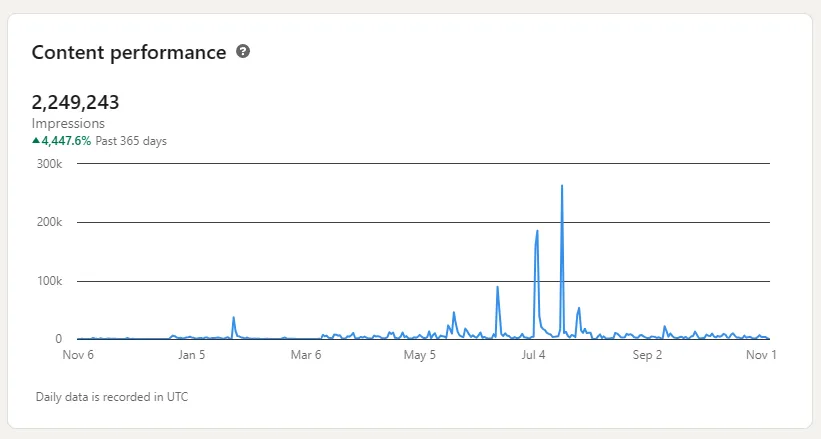
Showcasing Case Studies and Original Research

Case studies and original research offer concrete evidence of your product's value, serving as powerful lead magnets.
They establish your authority and offer social proof, making it easier for potential customers to trust your brand and take the next step in the sales funnel.
Webinar Hosting and Live Events

Hosting webinars and live events are interactive ways to engage with potential customers. These platforms allow you to showcase your product features and directly answer any questions, moving leads closer to the conversion stage.
Email Marketing Campaigns for Nurturing Leads

Email marketing is still one of the most effective channels for lead generation tool and nurturing. Segment your email list into categories like Information Qualified Leads (IQLs), Marketing Qualified Leads (MQLs), Product Qualified Leads (PQLs), and Sales Qualified Leads (SQLs) to send targeted and relevant content.
Customer Referral Programs
Referral programs can turn your existing customers into advocates for your brand.
A well-structured referral program can incentivize current customers to refer new, high-quality leads to your business.
Utilizing Customer Testimonials and Social Proof
Testimonials and other forms of social proof can significantly impact your lead generation marketing strategies.
They build trust and can tip the balance in your favor when a potential customer is comparing different SaaS options.
Applying these inbound lead generation strategies makes your SaaS business better positioned to attract, nurture, and convert high-quality leads, contributing to long-term growth and profitability.
Outbound Lead Generation Strategies for SaaS
What is an Outbound Lead?
In the SaaS industry, an outbound lead is someone you actively reach out to rather than someone who finds your product organically and contacts you.
This is a proactive form of lead generation, where you're not waiting for potential customers to find you; you're going out and finding them.
Cold Email Campaigns and Outreach
Cold emails are a staple in outbound lead generation. According to data from Mailchimp, the average open rate for cold emails in the software industry is around 21%.
Use sales intelligence tools to capture leads and gather data on your target audience to improve this. Personalize your emails and ensure they offer value, not just a sales pitch.
LinkedIn Prospecting and Social Selling
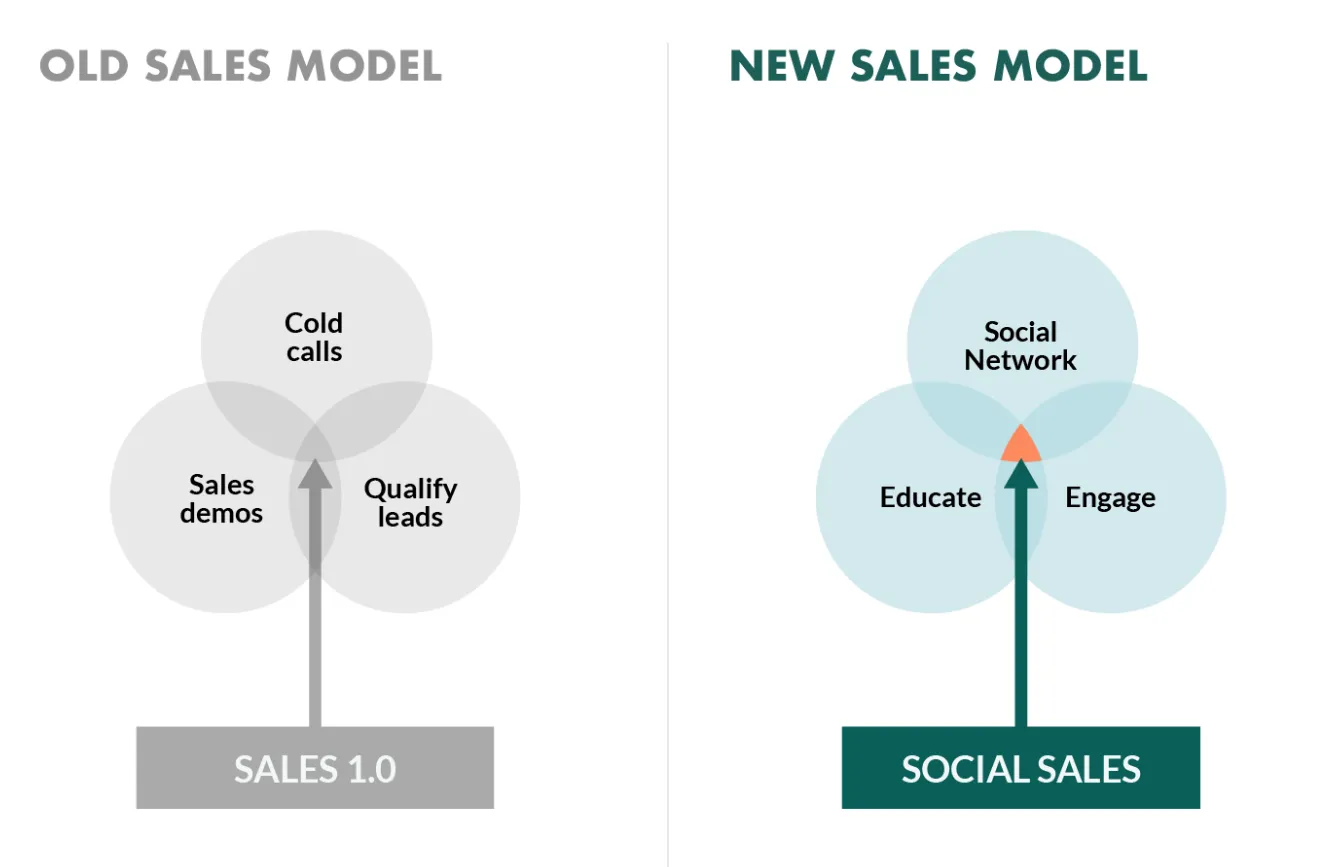
LinkedIn is a powerful platform for B2B SaaS lead generation. With features like Sales Navigator, you can identify critical decision-makers in your target companies. The aim here is not immediate sales but relationship building.
According to LinkedIn, 76% of buyers are ready to have a social media conversation, making this an effective way to generate qualified leads.
Pay-Per-Click (PPC) Advertising
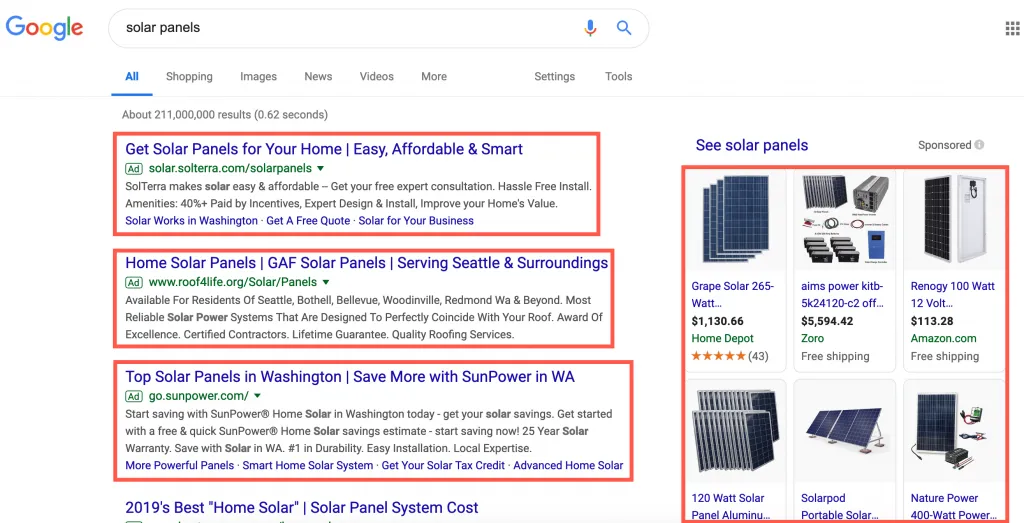
PPC advertising is another quick way to generate leads. According to Google, businesses make an average of $2 for every $1 they spend on Google Ads.
The key to success here is targeting the right keywords and having a well-designed landing page. This is where your market research and understanding of your target market and audience come into play.
Sales Intelligence and Data Mining

Data is crucial for outbound and effective lead generation strategies. Tools like InsideView or Clearbit provide valuable insights into customer behavior and market trends.
This data helps refine your lead qualification criteria and focus your marketing efforts more effectively.
Direct Mail Campaigns
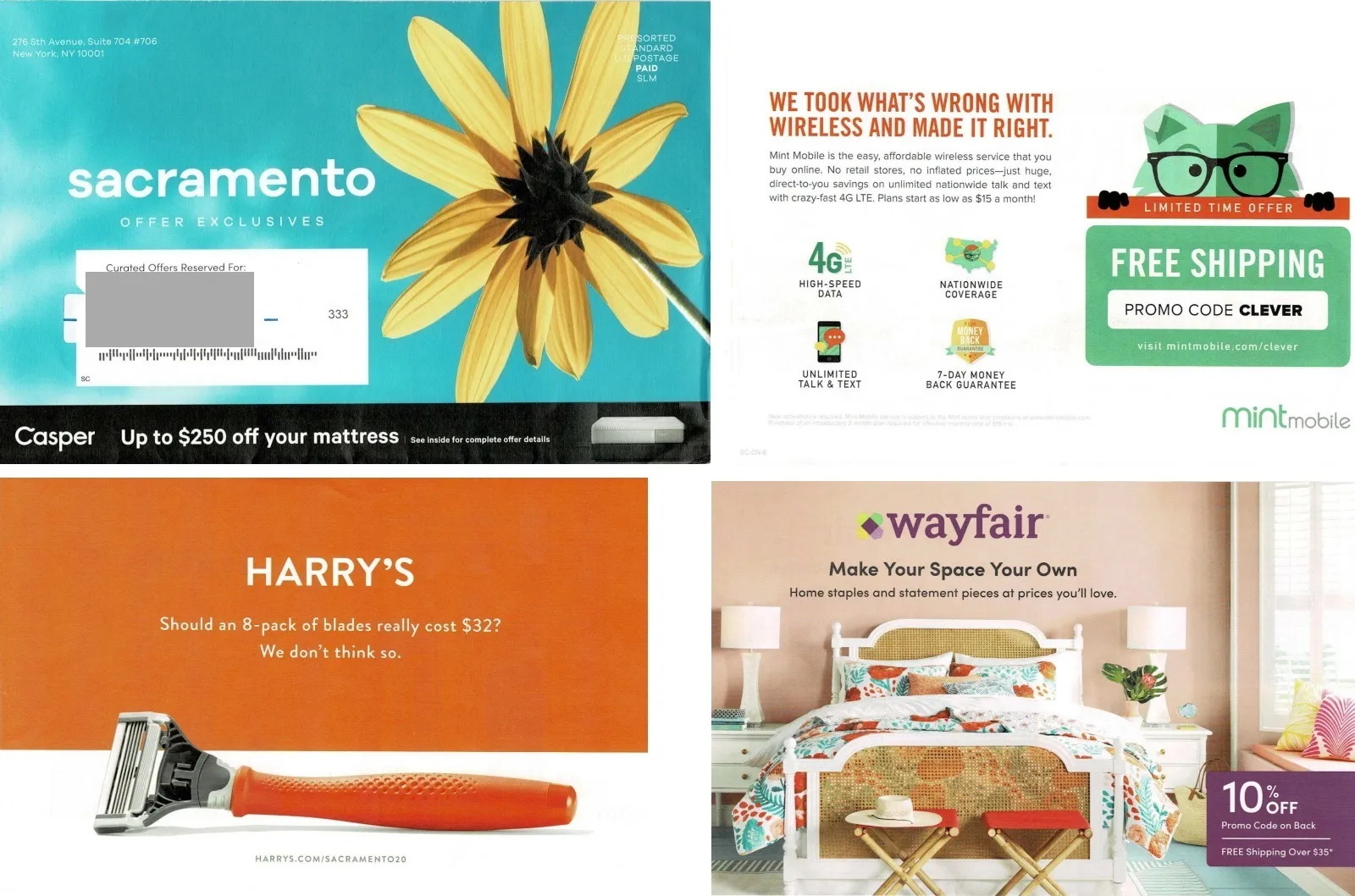
Direct mail is making a comeback. According to the Data & Marketing Association, the response rate for direct mail is 4.4%, compared to 0.12% for email. This strategy works best when integrated with your other marketing efforts, like email marketing and social media platforms.
Trade Shows and Industry Events

Trade shows can be expensive but effective. According to the Content Marketing Institute, 68% of marketers believe in-person events are the most effective tactic for B2B lead generation.
The leads you get here are often highly qualified, but the key is prompt follow-up.
Partnership and Affiliate Marketing

Partnerships can be a win-win in the best lead generation strategies. Co-marketing efforts or affiliate programs can extend your reach and bring in new leads.
According to Forrester, 75% of world trade flows indirectly, making partnerships a valuable strategy for SaaS businesses.
Exit-Intent Pop-Ups for Immediate Engagement

Exit-intent pop-ups appear when someone is about to leave your website. According to OptinMonster, exit-intent popups can recover 53% of abandoning visitors. Offer something valuable like a free trial or a discount to capture these leads.
Using these outbound lead generation strategies, you're not just increasing the number of your leads; you're also improving the quality of those leads. This is crucial for the long-term success of the sales pipeline for any SaaS business.
The SaaSy Channel Selector: A Framework for Choosing Your Ideal Lead Generation Strategy
Your strategy should align with your product's market position, pricing, and sales cycle dynamics.
Let's dive into how you can make an informed decision.
Assessing Your SaaS Product's Market Position
The first step in crafting an effective lead generation strategy is to assess where your SaaS product stands in the market. Are you a disruptor, or are you an established player? Newer SaaS companies might focus on generating leads through educational content marketing, while established businesses could leverage their existing customers for referrals.
The Role of Pricing in Strategy Selection
Your pricing model plays a significant role in your lead generation efforts. For high-ticket SaaS products, a more personalized approach, like LinkedIn prospecting, may be effective. On the other hand, lower-priced products might benefit from high-volume strategies like PPC advertising.
Sales Cycle Dynamics: Fast vs. Slow Pipelines
Understanding your sales cycle is crucial. A fast sales cycle might benefit from quick lead generation tools and tactics, such as cold email campaigns. A slower cycle, where leads need nurturing, may require a more content-rich approach, like informative blog posts or webinars.
Conversion Metrics: Understanding Closing Rates and Lead Qualification Criteria
Data is your friend. Dive into your conversion metrics to understand closing rates and establish lead qualification criteria. These insights will help you fine-tune your lead generation efforts, ensuring you're attracting high-quality leads more likely to convert into paying customers.
The Final Verdict: Inbound, Outbound, or a Hybrid Approach?
After considering your market position, pricing, sales cycle, and conversion metrics, it's time to make the final choice. Will you focus on inbound methods like SEO and content marketing, go outbound with cold emails and PPC, or perhaps a hybrid approach that leverages the best of both worlds?
Recap:
- Assess Market Position: Understand if you're a disruptor or an established player to tailor your lead generation strategy.
- Consider Pricing: Use your product's price point to inform your lead generation efforts, whether they're high-volume or personalized.
- Understand Sales Cycle: Choose strategies like email marketing for fast cycles and content-rich approaches for slow cycles.
- Analyze Conversion Metrics: Use metrics like closing rates and lead qualification criteria to refine your lead generation efforts.
- Make the Final Choice: Decide between inbound, outbound, or hybrid approaches based on your unique needs and market dynamics.
By following this framework, you'll be better equipped to select a lead generation strategy that aligns with your SaaS business's unique needs and market position
Step-by-Step Guide to Generating Your First SaaS Lead

Define Your Target Audience and Market
Before diving into lead generation, it's crucial to define your target audience. Who are the potential customers for your SaaS product? Conduct market research to identify pain points and needs that your software addresses.
Develop Your SaaS Business Value Proposition
What sets your SaaS business apart from the competition? Your value proposition should be compelling and clear. This will be the cornerstone of your marketing efforts and will help you generate high-quality leads.
Build a Lead-Generating Website and Social Media Platforms
Your website is your lead generation tool.
Optimize it for search engine visibility and user experience. Don't forget to leverage social media platforms to reach a broader target audience.
Cold Email and LinkedIn Outreach for Initial Lead Generation

Cold emails and LinkedIn are effective for initial lead generation. Craft personalized messages that speak directly to the pain points of your potential customers. This is where your sales team comes into play, diving deep into understanding customer needs.
Content Marketing: Blogs and Webinars for High-Quality Leads
Content marketing, including blogs and webinars, can attract more leads. These platforms allow you to showcase your expertise, offering valuable insights and solutions to your audience's problems.
Implement Lead Capture Forms and Landing Pages
Lead capture forms and dedicated landing pages are essential for converting website visitors into leads. Make sure these are optimized for conversions.
Email Marketing for Lead Nurturing and More Leads
Once you've captured leads, email marketing campaigns can nurture these potential customers into paying ones. Use lead scoring to identify sales-qualified leads ready for the sales funnel.
Lead Scoring and Qualification Criteria
Not all leads are created equal. Use lead qualification criteria to prioritize leads that are more likely to convert into paying customers.
Converting Qualified Leads to Paying Customers
The ultimate goal is to convert qualified leads into paying customers. Tailor your sales pipeline strategies to guide these leads toward making a purchase.
Measuring and Analyzing Your Lead Generation Efforts
Use analytics tools to measure the effectiveness of your lead generation efforts. This data-driven approach will help you refine your strategies over time.
Feedback Loops for SaaS Lead Generation Strategy Refinement
Finally, establish feedback loops with your sales and marketing teams. This will help refine your lead generation strategies continuously for sustainable growth and profitability.
Recap:
- Define Your Target Audience: Understand who your potential customers are.
- Value Proposition: Make your SaaS offering irresistible.
- Website and Social Media: Your primary tools for lead generation.
- Cold Email and LinkedIn: For initial outreach.
- Content Marketing: For attracting high-quality leads.
- Lead Capture and Landing Pages: For conversions.
- Email Marketing / Marketing Automation: For nurturing leads.
- Lead Scoring: To prioritize your efforts.
- Conversion: Turn qualified leads into paying customers.
- Measurement and Analysis: To refine your strategies.
- Feedback Loops: For continuous improvement.
Common Pitfalls and How to Avoid Them
Mistakes to Avoid in Your SaaS Lead Generation Efforts
Even the most seasoned marketing teams can stumble when it comes to SaaS lead generation. One common mistake is neglecting to set lead qualification criteria, leaving you with a list of leads that aren't a good fit for your SaaS product.
This not only wastes time but also resources. Another pitfall is ignoring A/B testing, which is crucial for campaign optimization.
Without it, you're essentially flying blind, unable to discern what's working and what's not.
A/B Testing and Campaign Optimization

A/B testing is not just a buzzword; it's a necessity.
It allows you to compare two versions of a landing page, email, or other marketing material to determine which performs better in lead generation.
The data you collect here is invaluable for refining your lead generation strategies.
However, A/B testing can go wrong if not executed correctly. For instance, testing too many elements simultaneously can lead to inconclusive results.
The key is to start small—try one change at a time to accurately measure its impact.
Here's a list of 15 common mistakes to avoid, complete with examples, to help you generate high-quality leads more effectively.
- Ignoring Lead Qualification Criteria: Not setting specific criteria to qualify leads can result in a list of irrelevant contacts.
- Example: Marketing to everyone who visits your landing page without filtering for target audience relevance.
- Poor Landing Page Design: A poorly designed landing page can deter potential customers.
- Example: Overloading your landing page with text and lacking a clear call-to-action.
- Neglecting A/B Testing: Failing to perform A/B tests can lead to ineffective marketing campaigns.
- Example: Running an email marketing campaign without testing subject lines.
- Overlooking Content Marketing: Not utilizing content marketing to generate high-quality leads.
- Example: Failing to create informative blog posts that could attract potential customers.
- Ignoring Sales Funnel Stages: Not tailoring your lead generation strategies to different sales funnel stages.
- Example: Sending a sales pitch to a lead still in the information-gathering stage.
- Lack of Lead Scoring: Not prioritizing leads based on their conversion likelihood can waste time and resources.
- Example: Treating all leads as sales qualified leads without proper assessment.
- Inadequate Email Marketing: Poorly executed email campaigns can lead to low engagement and lost leads.
- Example: Sending generic, non-personalized emails to your potential customers.
- Ignoring Social Media Platforms: Not using social media to reach a broader target audience.
- Example: Failing to engage with potential leads on platforms like LinkedIn or Twitter.
- Not Capturing Leads: Missing opportunities to capture leads through web forms or lead capture forms.
- Example: Not having a sign-up form on a high-traffic blog post.
- Failing to Nurture Leads: Not following up or nurturing leads can result in lost opportunities.
- Example: Ignoring leads who have engaged with free trials but haven’t made a purchase.
- Ignoring Mobile Users: Not optimizing your lead generation tools for mobile users can result in lost opportunities.
- Example: A landing page that looks distorted on mobile devices.
- Not Measuring Efforts: Failing to analyze the effectiveness of your lead generation efforts.
- Example: Not tracking key performance indicators (KPIs) for your email marketing campaigns.
- Lack of Personalization: Not personalizing your marketing efforts can lower engagement.
- Example: Using the same marketing message for different segments of your target market.
- Ignoring Existing Customers: Focusing solely on acquiring new leads and neglecting existing customers.
- Example: Not offering special promotions or content to existing, loyal customers.
- Not Adapting to Market Research: Failing to adapt your strategies based on market research can result in outdated approaches.
- Example: Continuing to focus on outdated keywords or target audiences that are no longer relevant.
Frequently Asked Questions
What is SaaS lead generation, and how does it differ from B2B SaaS lead generation?
SaaS lead generation is attracting potential customers to your software-as-a-service (SaaS) product.
B2B SaaS lead generation targets businesses as potential customers rather than individual consumers. The strategies for B2B SaaS often involve more complex pricing structures and longer sales cycles.
How can I capture leads effectively for my SaaS business?
To capture leads effectively, you can use various lead generation tools like web forms, lead capture forms, and even free trials to engage your target audience.
These tools help you gather valuable insights from potential customers, which can be nurtured into qualified leads.
What are some common SaaS lead generation strategies?
Common SaaS lead generation strategies include content marketing, email marketing, and search engine optimization (SEO).
These strategies aim to attract a target audience to your SaaS product and convert them into paying customers.
How do I select lead generation tools for my SaaS company?
Selecting the right lead generation tools depends on your specific needs and target market. Some popular options include customer relationship management (CRM) software, email marketing software, and marketing automation tools.
What are some effective lead generation tactics for most SaaS companies?
Effective lead generation tactics often involve A/B testing to optimize your marketing campaigns.
This helps you understand what resonates with your target audience. Other tactics include leveraging social media platforms and offering risk-free paid trials to attract potential customers.
How do I set lead qualification criteria for my SaaS leads?
Setting lead qualification criteria involves defining what makes a lead sales-ready.
This could be based on factors like engagement level, pain points, and readiness to purchase. Your sales and marketing efforts should be aligned to ensure that only high-quality leads are pursued.
What role does content marketing strategy play in SaaS lead generation?
A well-defined content marketing strategy can support your SaaS lead generation efforts. Quality content, such as informative blog posts, can attract a target audience and generate high-quality leads.
How can I nurture leads effectively in the SaaS industry?
To nurture leads effectively, you can employ various marketing strategies like email marketing campaigns and future campaigns that offer valuable insights and solutions to your potential customer's pain points.
What are some common pitfalls in SaaS lead generation?
Common pitfalls include not doing enough market research, ignoring the importance of dedicated landing pages, and not using web forms effectively to capture leads.
How can I optimize my SaaS lead gen process?
Optimizing your SaaS lead gen process involves continuous A/B testing, campaign optimization, and regular updates to your lead scoring models. This ensures that your marketing efforts are always aligned with your business goals.
How to Use Alore for Your SaaS Lead Generation
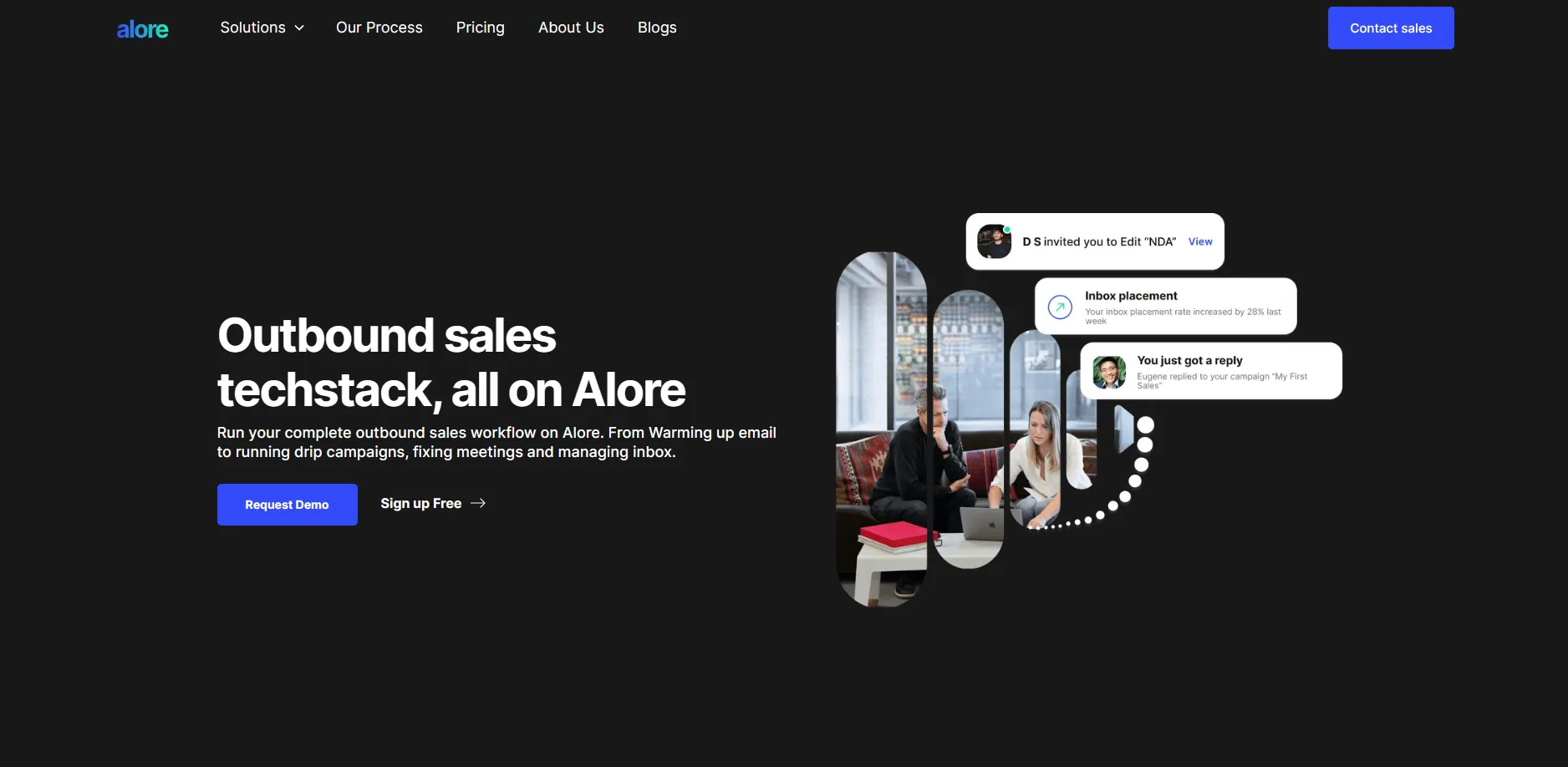
Regarding lead generation for SaaS businesses, Alore is a one-stop solution that understands the intricacies of generating high-quality leads.
Here's how you use Alore for your SaaS lead generation.
Models You Can Work With: Choose Based on Your Stage of Growth
Alore offers three distinct models to cater to your specific needs, depending on your stage of growth, team size, and familiarity with the cold email lead generation process. Here's a breakdown:
DFY (Done For You Managed Services)

It is ideal for those who are either new to lead generation, have achieved product-market fit, or are looking to scale. The DFY model offers:
- Build Targeted Prospect Lists: Start your outreach with a list of potential clients tailored to your target market.
- Email Domain Warm-Up: Ensure your emails land in the right inboxes by warming up your domain.
- Craft Personalized Email Outreach Templates: Use bespoke email templates that resonate with your target audience.
- Run Comprehensive Email and LinkedIn Outreach: Engage potential leads across platforms for a more holistic approach.
- Efficient Meeting Booking: Schedule meetings effortlessly, ensuring seamless connections with your prospects.
- Sales Pipeline Management Reports: Gain valuable insights into your sales process, identifying areas for improvement.
- Retarget Old Leads: Re-engage leads that might have slipped through the cracks.
- Additional Features: This package includes three seats of Email Warmer, Email Drip Campaigner, Collaborative Inbox, and Calendar tools.
BTT (Build-Train-Transfer)
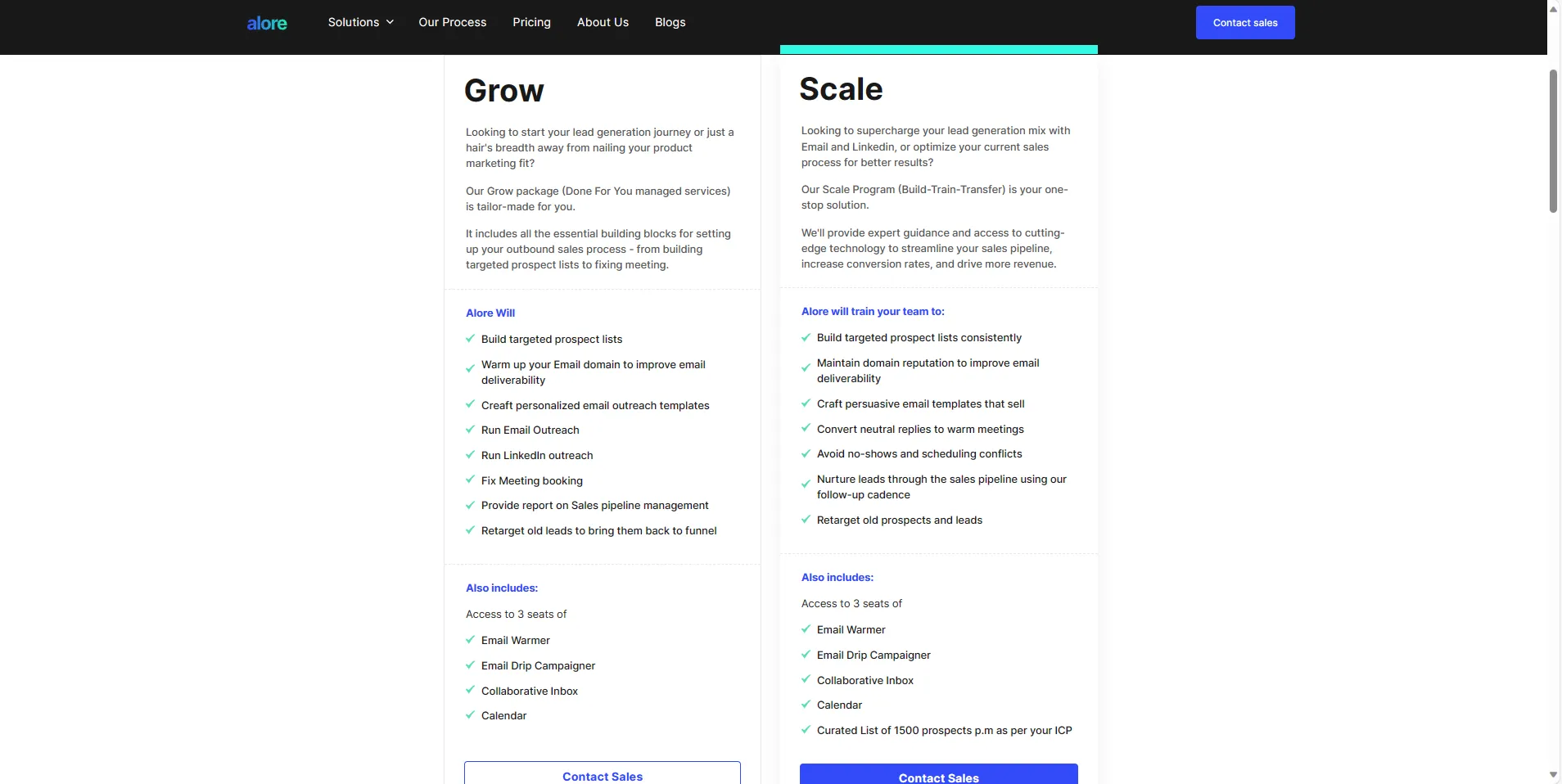
Perfect for those who have some experience in lead generation and are looking to fine-tune their existing sales process. The BTT model offers:
- Consistent Targeted Prospect Lists: Equip your team with the skills to generate a steady stream of potential clients.
- Maintain Domain Reputation: Keep your email deliverability rates high by maintaining your domain's reputation.
- Craft Persuasive Email Templates: Learn to create compelling email content that drives action.
- Convert Neutral Replies: Turn lukewarm responses into enthusiastic meetings.
- Eliminate Scheduling Conflicts: Say goodbye to no-shows and ensure a smooth scheduling process.
- Effective Lead Nurturing: Use Alore's follow-up cadence to guide leads through the sales pipeline.
- Retargeting Old Prospects: Reconnect with past prospects and reignite their interest in your offerings.
- Additional Perks: This program also provides access to three seats of Email Warmer, Email Drip Campaigner, Collaborative Inbox, and Calendar tools. Plus, enjoy a curated list of 1500 prospects per month tailored to your Ideal Customer Profile (ICP).
Self Serve (DIY)
For those with an in-house team familiar with the lead generation process, the Self-serve model allows you to use Alore's robust tools to manage your campaigns effectively.
In the competitive landscape of SaaS lead generation, Alore's DFY, BTT, and Self-Serve models offer the tools and expertise to distinguish your business, drive growth, and ensure sustained success. Choose the model that aligns with your needs and watch your lead generation efforts soar.

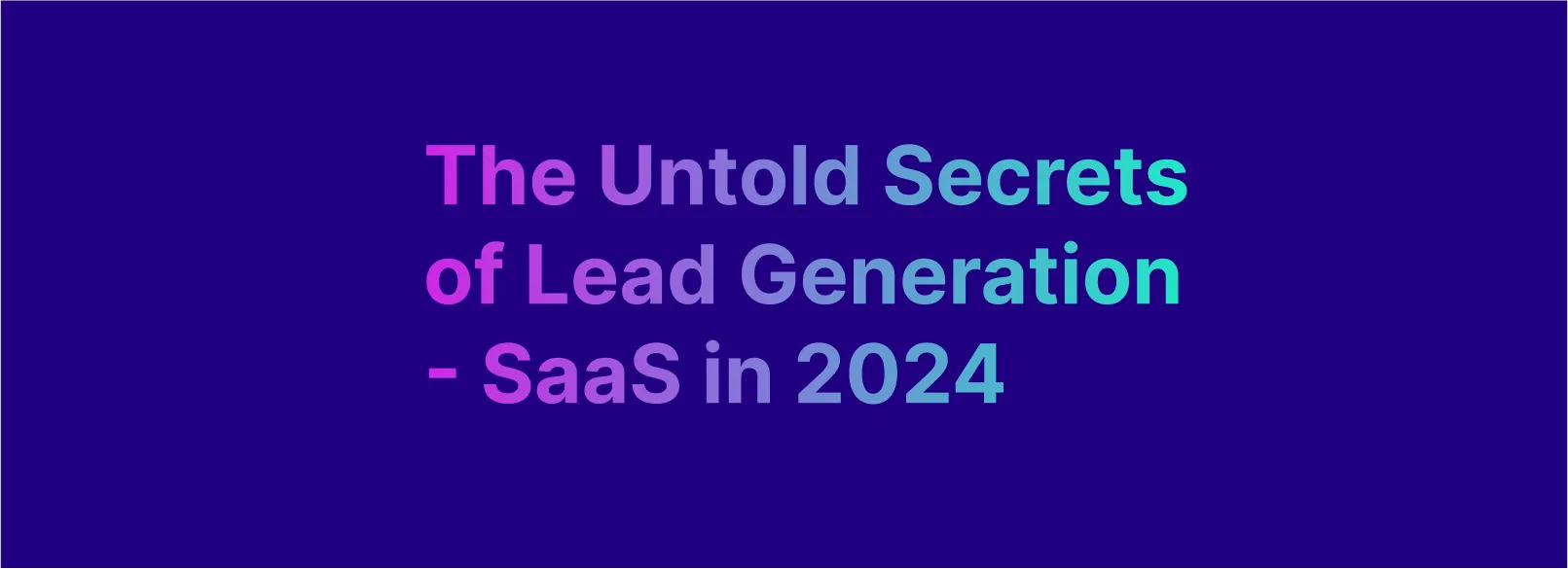



.jpg)

.jpg)
